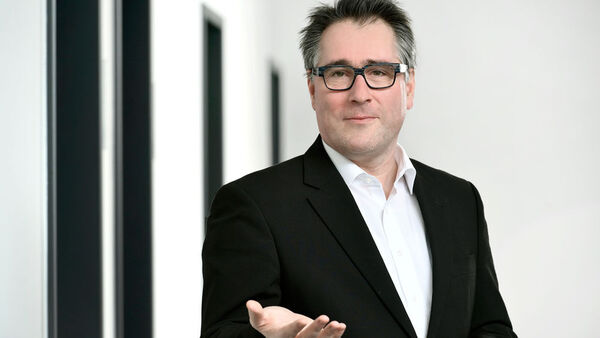A column by Dr. Michael Weber, Managing Director of Antennentechnik Bad Blankenburg
On the one hand, there is nothing more enduring than our broadcasting world, in which technology cycles are naturally very sluggish in terms of infrastructure investment. On the other hand, the broadcasting world seems to be more technology-loving than any other digital industry. Anyone who has accompanied the development of DAB since the late 1990s knows the long struggle of lawyers and media representatives against every digital radio format that includes the letters DAB. It is almost surprising that this probably very cost-intensive ongoing debate has apparently taken a temporary break since the introduction of DAB+ in 2011. The "plus" was the salvation, because DAB was never allowed to become, a political issue that technicians and developers suffered from for many years, because they had to justify themselves to management for every technical standard they followed. After all, numerous new technologies were dug up to take DAB out of the water.
Car manufacturers' commitment to DAB+
In mid-2000, the developers of the major automobile manufacturers in particular spoke out against a permanent, apparent technological revolution in broadcasting and clearly committed themselves to DAB+ in order to create stability and, above all, planning security for the entire supply chain for the implementation of DAB+ reception in our vehicles. At the time, lawyers and media politicians were attentively lowering and raising the theoretically available standards, which only cost time and money because planning security was to be prevented.
Discussions in politics are not target-oriented
There is no question for a technology company like ours that we can and want to implement every technical standard on the antenna side - it just doesn't help at all if, in already tense economic times, we have discussions in politics that call into question a digital radio standard that has finally been successfully implemented after long debates. I clearly miss the energy in the discussions to finally complete the rollout in the last white spots and to commit to it. This creates security for end users, who can already receive more digital radio stations than analog FM stations, depending on the region. So it is working and it is successful, for almost ten years. Is it already outdated? Is broadcasting inferior to fashion? Can radio become obsolete?
With 5G comes the new generation of mobile communications, which is urgently needed because it should enable the unstoppable hunger for data and many networked applications in almost real time. We are also looking forward to the technical challenges that 5G antenna systems will bring to the end-user side in the vehicle, because 5G is a driver for autonomous driving and many other networked applications.
Will 5G now become the new digital broadcasting standard?
If you compare DAB+ with the LTE we know, there are almost no differences in transmission technology. DAB+ is based on OFDM modulation, i.e. many (in the case of DAB 1536) subcarriers transmit data serially bit-by-bit on the basis of phase modulation. This makes DAB+ ideally suited for mobile reception, because only the digital phase modulation used there is robust against the disturbing effects that typically occur with moving receivers. Interestingly, 4G is also based on OFDM because robustness is required. Of course, it is known that 4G can also switch on higher modulation methods if the connection quality improves. So DAB+ and LTE have comparable technology, but DAB+ is outdated and LTE is not? Finally, LTE is being integrated into the 5G standard in an evolutionary way because it is of course uneconomical to suddenly convert a functioning mobile radio system just for the sake of the new technology.
Radio must have broad geographical coverage
We must also never forget the mission of digital radio or broadcasting: robust geographical coverage and not just coverage of conurbations, which has always been and still is a priority in mobile communications. This cannot be in the interest of the broadcasting operators either. Well, DAB+ is actually not that old and outmoded. It is clear that there are always new compression algorithms for music and data transmission. However, a complex infrastructure like broadcasting is not permanently renewable and that is not necessary.
DAB+ remains the robust digital radio standard
A brief excursion into the first 5G broadcast trials: it is right and important to research and develop. And it is precisely at this stage that 5G Broadcast is at, by the way, based on digital TV standards, which for moving vehicles can only be received stably with much more complex receiver circuits than DAB. DAB+, on the other hand, is and will remain the robust digital radio standard that sets the standard throughout Europe. Norway shows us how FM radio could and (carefully planned) should be completely replaced. It is downright absurd to try to slow down the rollout of DAB+ by waiting for a new standard that is still in its infancy and certainly has no depth of testing and is only suitable for radio to a limited extent, at least for radio.
Conclusion: Give end users security
Even for a technology company like Antennentechnik Bad Blankenburg, which is happy to take on any technical challenge, it is important to keep a reasonable overall economic view in mind. This only seems guaranteed if we finally roll out DAB+ and give end users the security they deserve.


Follow us